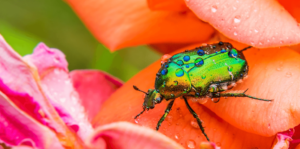One of the best aspects of being a gardener in South Florida is playing in the garden all year round. We certainly don’t have the frigid, snowy winters like our green thumb friends to the north!
With that said, spring in Florida brings a few things along with it: an increase in temperature, wet weather, new blooms, spring crops, and lots of garden pests. While some insects are welcome in the garden, such as ladybugs and pollinators like bees and butterflies, there are also many that we would prefer to keep away.
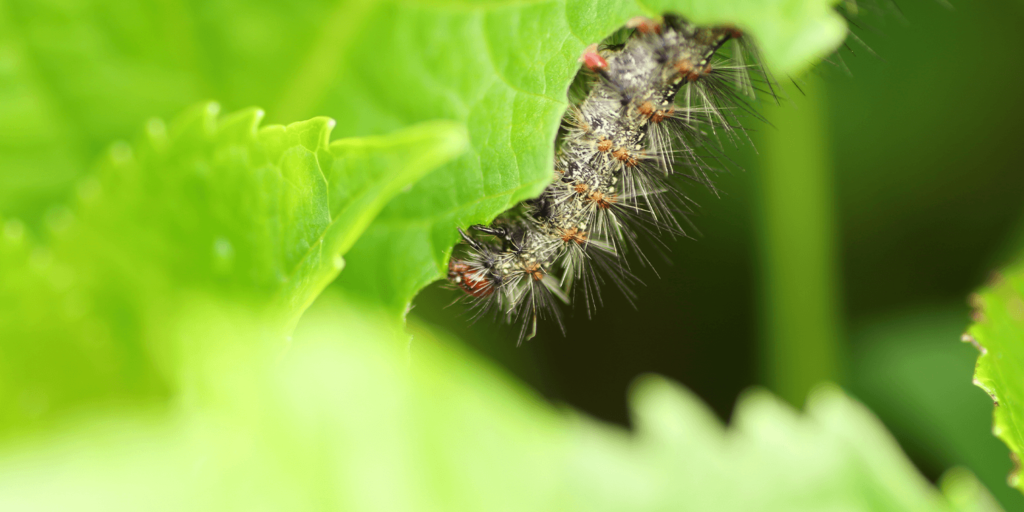
Pest management is just an inevitable aspect of gardening, but a pest-free garden does not have to be a pipe dream! With the proper preventative care and management, you can enjoy a pest-free garden in South Florida—and if you do find yourself contending with pests, there are some pretty simple ways to deal with them without too many headaches!
Common Garden Pests in South Florida
There are four different categories that pretty much all garden pests fall into:
1. Soil Pests: These are the type of garden pests that come from underground to damage your flowers and crops. More common soil pests that you might find in your Florida garden include grubs, wireworms, cutworms, potato tuberworms, and the lesser cornstalk borer.
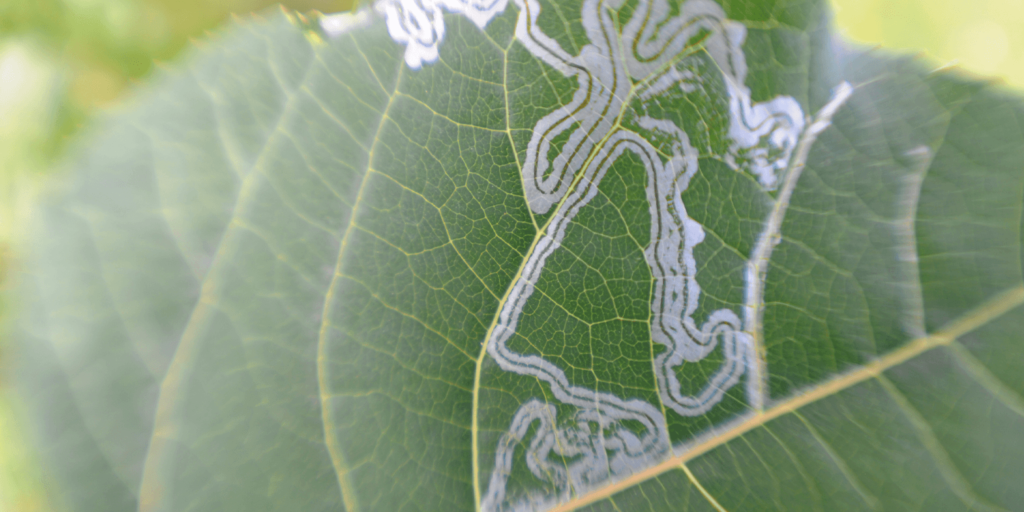
2. Leaf Pests: Tend to destroy crops and flowers by chewing the leaves and stems of the plant. Common garden pests in this category include leafminers, beetles, armyworms, caterpillars, and tomato hornworms.
3. Piercing/Sucking Pests: These are ugly little guys have mouths designed to be inserted into a plant to suck the sap out of it, often transmitting viruses from one plant to the next in the process. Some examples of sucking garden pests include the dreaded aphid, spider mites, Silverleaf whitefly, stink bugs, and leafhoppers.
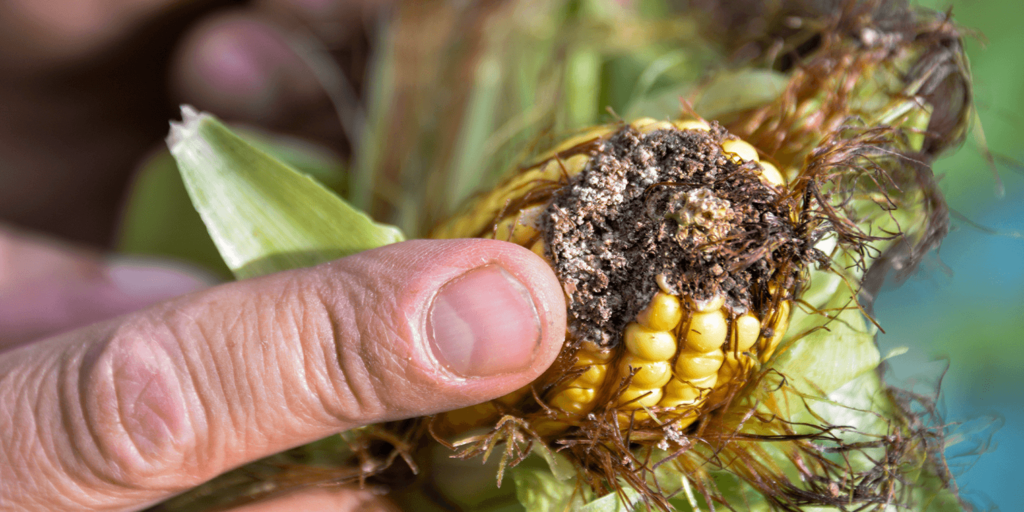
4. Fruit Feeders: Perhaps the most devastating garden pest to encounter, fruit feeders will strike right before you’re ready to harvest crops in your veggie garden. Common fruit-feeding garden pests include pickleworms, corn earworms, stink bugs, and potato tuberworms.
The Best Methods to Implement For a Pest-Free Garden
Prevention is always the best method when it comes to pest control. Then, if you end up with some form of a pest in your garden, you’ll likely be able to isolate and manage it quicker if you put those initial steps in to protect your plants at the get-go.
Crop Rotation
Crop rotation is one of the best measures of prevention that you can take in a vegetable garden if you want to be pest-free. Growing the same crop in the same location years on end will allow pests and other diseases to become well established in that soil. It also depletes the soil of essential nutrients, which will weaken your plants, and weak plants are significantly more susceptible to pests and disease. You can manage your crop rotation by keeping a garden journal, testing your soil, and rotating your crops strategically to improve the soil.
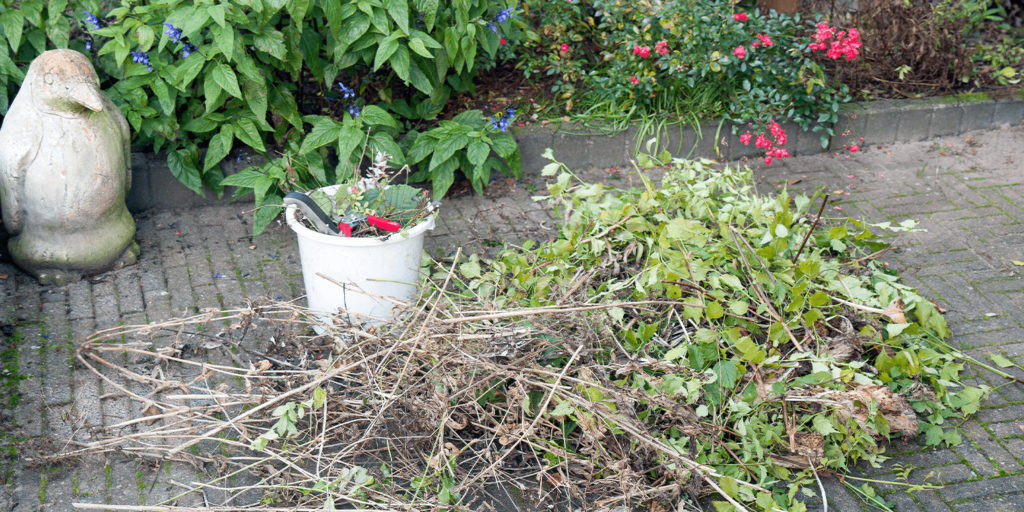
Clean Up Plant Debris In The Fall
Whether you are trying to keep pests away from your flower garden or a fruit and veggie garden, keeping it clear of debris will provide pests with fewer hiding places. Decaying plant debris can be a perfect breeding ground for different types of fungus and overwintering insects.
Cutworms, for example, are moth larvae. Adult moths often lay their eggs on plant debris in the fall. They will overwinter in the soil or the plant debris if left unattended, hatch in the spring, and then feast on your seedlings when you plant them in the spring.
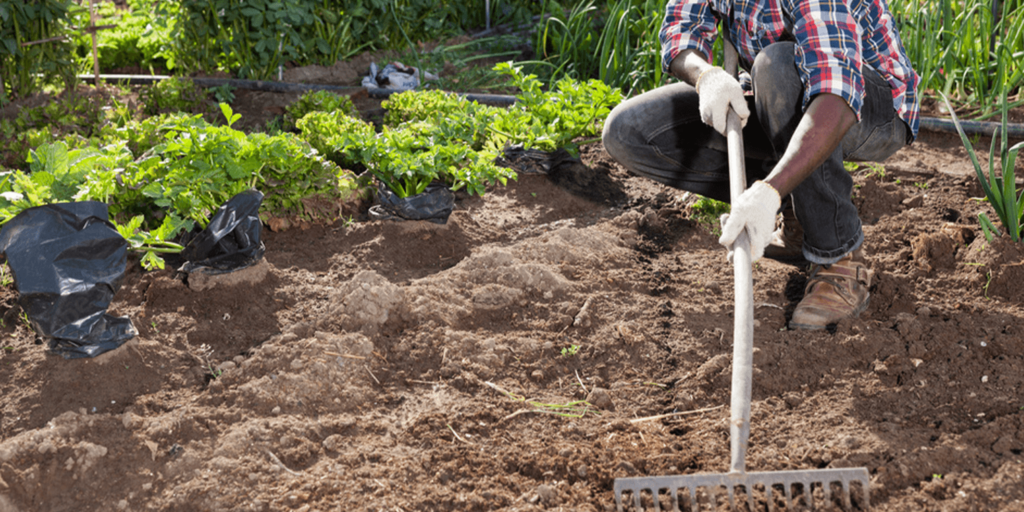
Till or Plow Your Soil Well Before Planting
Soil-dwelling garden pests are seen more often in garden plots that were once turfgrass. So, if you intend to start a new garden plot, you can begin your pest management right from the get-go. By putting a little bit of extra sweat equity into tilling your soil and then keeping it clean and clear of weeds for at least 30 days before planting, you are less likely to encounter unwanted visitors like grubs or slugs.
For more pest management suggestions, or if you need help identifying a pest in your Fort Lauderdale garden, stop by Living Color to talk to one of our experts.

